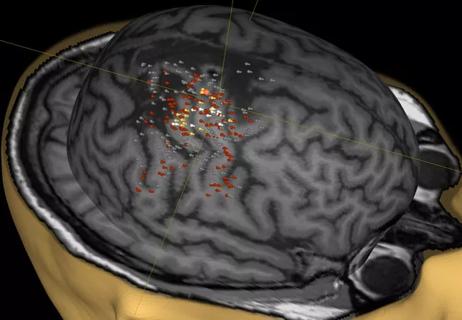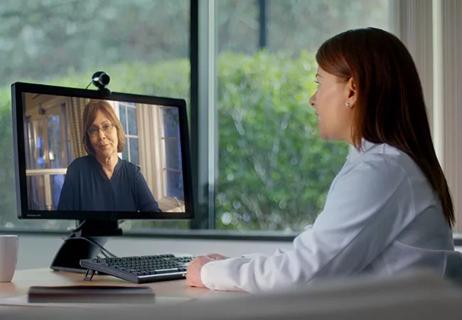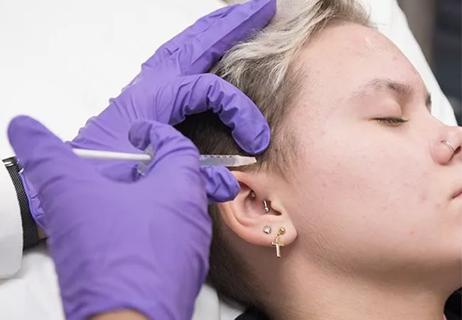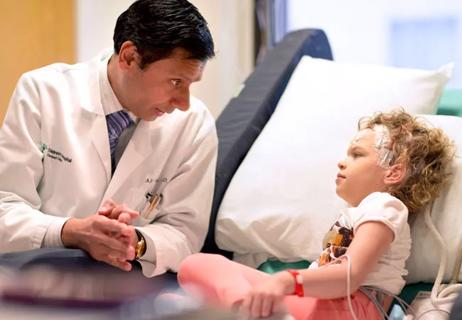New guidelines will build on steady progress toward care consistency

Cleveland Clinic is a non-profit academic medical center. Advertising on our site helps support our mission. We do not endorse non-Cleveland Clinic products or services. Policy
Primary mitochondrial diseases are the most common of the “rare” genetic disorders, affecting roughly 1 in 5,000 people. Although they typically arise in infancy or childhood, they are seen in adulthood as well.
These conditions, caused by mutations of either the nuclear or mitochondrial DNA, typically affect multiple organ systems and can cause multiorgan disease, disability and premature death.
While we have known about mitochondrial diseases since the 1960s, better knowledge has come in the past decade. As with many rare disorders, there has not been standardization of diagnosis or care for affected patients — partly due to a lack of good evidence for formulating management guidelines and partly because, until recently, no entity had taken on the task.
That began to change about five years ago when Cleveland Clinic, along with other institutions and in partnership with the Mitochondrial Medicine Society, embarked on a multistep process for developing a systematic approach to diagnosing and managing mitochondrial diseases and ensuring that patients receive the same high level of care regardless of where they live.
The first step was when my colleagues and I surveyed mitochondrial disease specialists — most of them neurologists, geneticists or both — across North America to find out what they were already doing in terms of diagnosis and management. We published their responses in a two-part series of papers in the journal Mitochondrion in 2013 and 2014, with one paper addressing diagnostic and clinical challenges and the other paper addressing treatment, care and management.
We found tremendous practice variation in both realms. For diagnosis, a lack of sensitive and specific disease biomarkers and only recent advances in genomics had resulted in an overreliance on biochemical testing in skeletal muscle and often a mistaken diagnosis. Moreover, differing interpretations of results has meant a lack of diagnostic consensus on whether or not mitochondrial disease is present. Our findings regarding management showed that while most physicians recommended the use of vitamins, the actual regimens used differ considerably among providers. Some measures were consistent across centers, though, such as routine select preventive screening for multisystem involvement and the care recommended during times of catabolic stress.
Subsequently, we led a Mitochondrial Medicine Society writing group to develop the first consensus statement on the diagnosis of mitochondrial disease, which was published in Genetics in Medicine in 2015. Because there were (and still are) so few clinical trial results to guide us, we used the Delphi method to formulate consensus-based recommendations for biochemical testing in blood, urine and spinal fluid as well as for DNA testing, pathology testing and neuroimaging. In that statement, we also included consensus recommendations for certain aspects of management, including treatment of stroke, use of exercise, considerations for patients requiring anesthesia, treatment during illness, and use of vitamins and xenobiotics.
Now, with a larger writing team of 34 experts from across the globe, we have developed a much more detailed set of guidelines addressing day-to-day management of patients with primary mitochondrial diseases. The guidelines have been accepted for publication (anticipated by late summer 2017) by Genetics in Medicine.
These new guidelines are quite comprehensive, covering every aspect of multisystem management, ranging from hearing and vision to pregnancy management to maintaining heart, adrenal, thyroid and kidney function.
Once these guidelines are available, we hope to implement them in a network of care centers around the country. Currently there are about 20 to 25 centers that care for patients with mitochondrial diseases in the U.S., but they are not distributed evenly and many patients cannot access them. These centers also do not all follow standardized protocols. We hope to establish many more centers across the country and bring the current centers on board to follow standard-of-care recommendations and minimize the variation that exists now. We also hope to eventually establish a certification process for these centers to help ensure ongoing quality of care.
Much of the funding for this endeavor comes from the Mitochondrial Medicine Society. Various patient advocacy groups, including the United Mitochondrial Disease Foundation, are in support of these endeavors and actively participate in helping steward this network of care centers.
While our ultimate goal is of course an eventual cure, until it is found we aim to provide optimal and excellent care for patients so that common problems are not overlooked and treatment is not missed. As we proceed, we also hope to raise public awareness about these illnesses so those affected can receive prompt diagnosis and treatment.
Dr. Parikh (parikhs@ccf.org) is Director of the Neurogenetics and Neurometabolism Program in Cleveland Clinic’s Center for Pediatric Neurosciences and helps run one of the largest mitochondrial disease programs in the country.

A noninvasive approach to map eloquent areas before surgery

Physician reimbursement policy experts join forces with IT and coders to enable digital transformation

Minority Stroke Program focuses on outreach to racial and ethnic minority communities

Excellent response seen with ongoing use in patients as young as 11

Q&A with a psychiatrist in Cleveland Clinic’s Transgender Surgery and Medicine Program

Time constraints, language barriers, substance misuse, mood disorders targeted for improvements

Project draws $1.6M to leverage telemedicine to create medical home, ease transition to adult care

Comorbid depression is only one of the likely warning signs